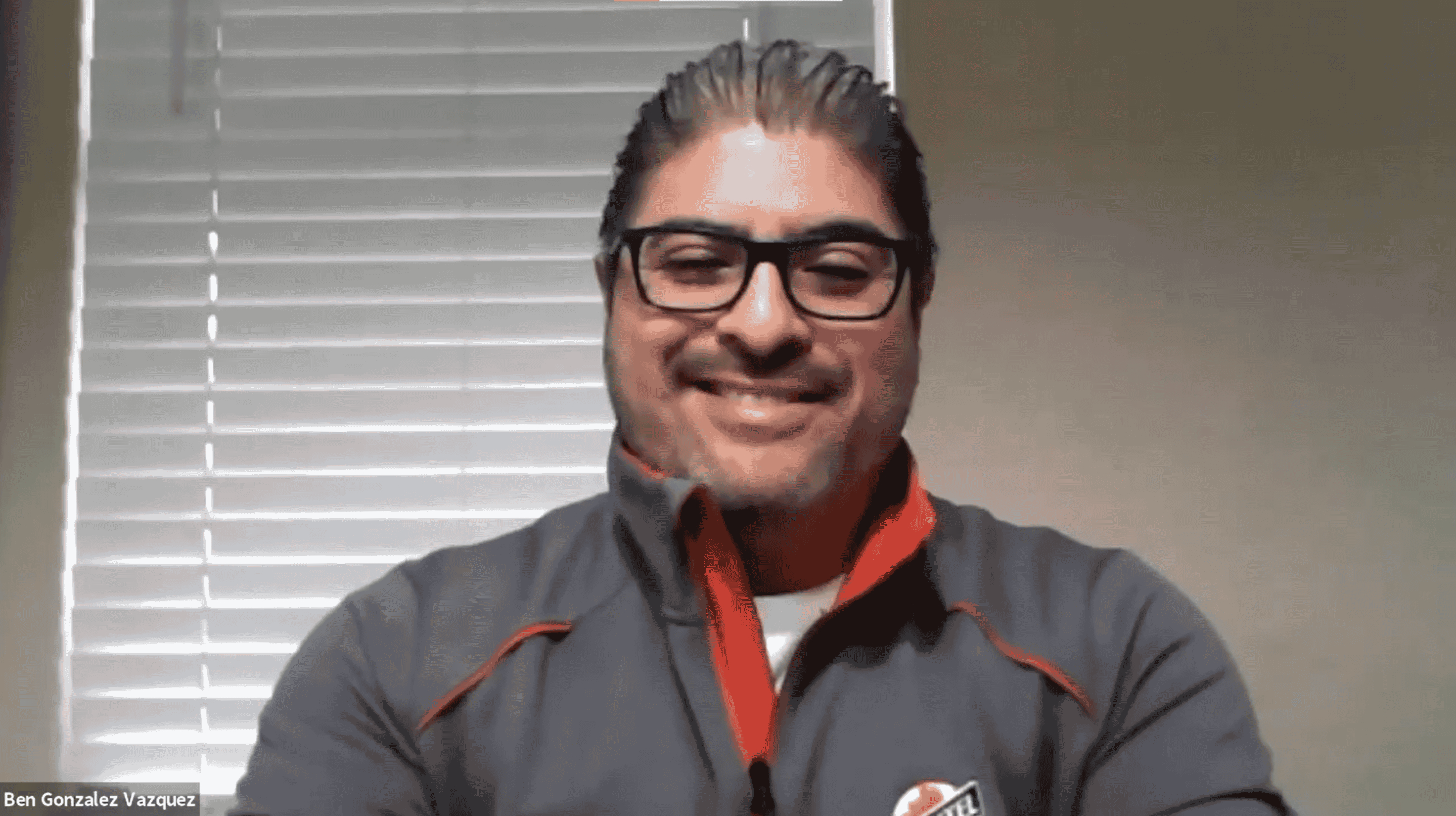Overview
Materials
- 3 paper cups (8 ounce or larger)
- 2 or 3 small pieces of cardboard (1 inch by 2 inch)
- Tape (Duct tape works well if you have it)
- Rubber bands (Varying lengths and thickness)
- 4 straws
- 4 wooden skewers (No skewers? Substitute wooden chop sticks or pencils)
- Scissors
- A few coins or metal washers to use as weights
- For Testing: A large container of water (storage bin, a sink, shallow tub or a kiddie pool)
- Towel (for spills)
Instructions
Introduction
Canoes, sailboats, yachts, and even ocean liners share three characteristics:
- They float (they are buoyant).
- They stay upright (they’re stabilized to keep from tipping over).
- They move via some source of energy, such as wind (captured by sails), fuel (to run a motor), or human (paddling with oars or paddles).
Instructions
- Identify the Problem
- How can you design a boat that floats, doesn’t tip over, and moves with energy generated by a rubber band?
- Here are the specs:
- #1 The rubber band must be your boat’s only power source.
- #2 Use only the materials listed above (but you don’t have to use them all!)
- Brainstorm Designs and Build
- How can you create a boat with your materials?
- The cup(s) will act as the boat’s shell, known as the hull.
- Other materials will be used to build and secure a rubber band motor. How can you use a rubber band and a piece of cardboard as a propeller?
- Try looping a rubber band around your thumb and index finger. Put a piece of cardboard inside the loop and twist the rubber band around it until it is very tightly wound. Then let go and see how it spins!
- Now think about how you can use your other materials to attach your rubber-band-powered propeller to your boat. Where should the propeller go?
- What keeps boats from tipping over?
- Ballast is weight placed in the bottom of a boat, to stabilize it.
- Design matters too; the wider the hull, the less likely it is to tip over.
- And remember, your design will get wet. Can you think of a way to waterproof it?
- Be sure to test your ideas in the water before you finalize your design.
- Test, Improve and Redesign
- When you’re done building your boat, it’s time test it out! Put your boat in the water and measure how far it travels. Ask yourself:
- Is it working like you thought it would? Are there improvements you can make to increase the distance it travels?
- What happens if you change the location or amount of ballast?
- What happens if you wind the rubber band too tight?
- Is there a weak point in the frame for your propeller? If so, how can you change the design to make it sturdier?
- Make changes and try again!
- When you’re done building your boat, it’s time test it out! Put your boat in the water and measure how far it travels. Ask yourself:
- Share Your Results with a teacher, parent/guardian, or DiscoverE
- Share photos or a video of your aircraft in action!
- Send to DiscoverE at social@DiscoverE.org or post on Instagram/Twitter using the hashtag #DiscoverEChallenge
Did you know?
After the rubber band is wound tight but before it is let go, it is storing energy. Stored energy is called potential energy. Once the rubber band starts twirling, it’s in motion. The energy of motion is called kinetic energy. As the paper cup boat paddles through the water, the spinning paddle, the moving boat, and the little waves it creates each have kinetic energy.


0 Comments